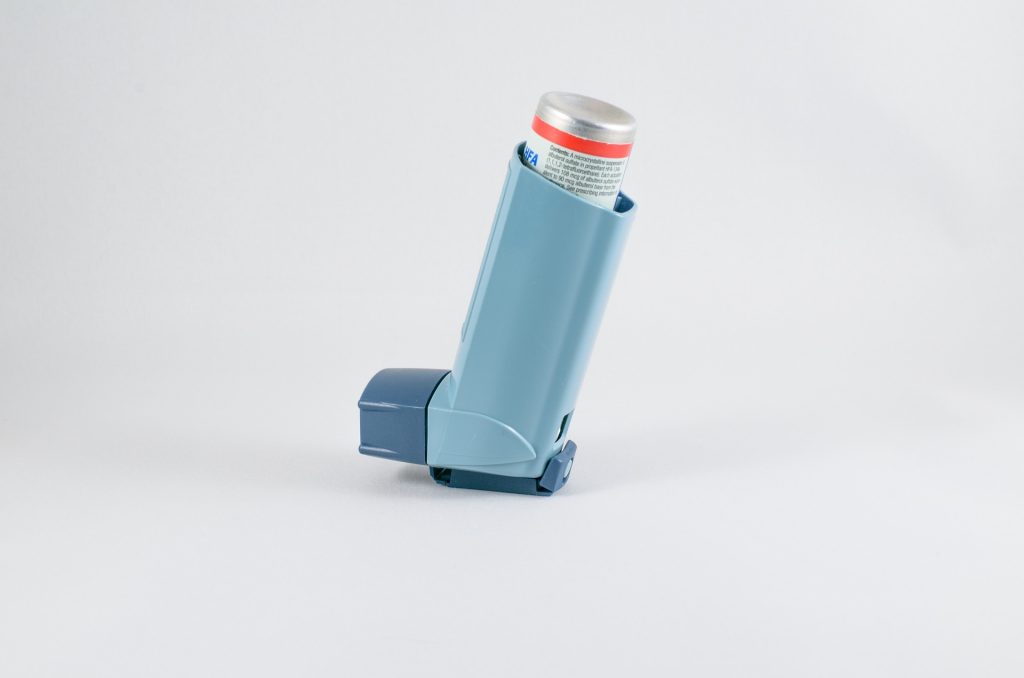Body Clock Disruption on High-fat Diet Leads to Obesity

According to a new study, when rats are fed a high fat diet, this disturbs the body clock in their brain that normally controls satiety, leading to over-eating and obesity.
This new research, published in the Journal of Physiology, may be a cornerstone for future clinical studies that could restore the proper functioning of the body clock in the brain, to avoid overeating.
It was believed that the body clock resided only in the hypothalamus, but research over the years has clarified that some control of our body’s daily rhythms (hormone levels, appetite etc) lies in several other parts of the brain and body, including a group of neurons in the evolutionary ancient brainstem, called the dorsal vagal complex (DVC).
Specifically, the DVC has been shown to moderate food intake by inducing satiety. In obesity, research has shown that daily rhythms in food intake and the release of hormones related to eating, are blunted or eliminated. It is unclear if the malfunctioning of brain centres controlling appetite is a cause or the result of obesity.
This new study found that rats on a high-fat diet, before they started to gain weight, showed changes in the DVC’s daily neuronal rhythms and its response to appetite hormones. Thus, the researchers proposed that DVC disruption causes obesity.
Two groups of rats were used: those fed a well-balanced control diet (10% kcal from fat) and a high-fat diet (70% kcal from fat). To mimic the impact of unhealthy diet on humans, the researchers introduced the new diet to adolescent rats and monitored their food intake over 24h for four weeks.
Using multi-electrode arrays, the researchers measured DVC changes over 24h, simultaneously monitoring around a hundred DVC neurons from each brainstem slice. With this, circadian changes of neuronal activity could be assessed as well as neuronal responses to metabolically-relevant hormones in each of the diet groups.
Rats being nocturnal animals is a limitation of the study. The DVC activity peaked at the end of day, the rest phase for rodents, but an active phase for humans. Thus, it remains to be established if the phase of the brainstem clock is set to day and night, or whether it depends on patterns of rest and activity. These findings however could lead to understanding how to reset the body clock and tackle obesity.
First author Dr Lukasz Chrobok said:
“I’m really excited about this research because of the possibilities it opens up to tackle the growing health issue of obesity. We still do not know what are the time cues which are able to reset or synchronise the brainstem clock. Hopefully, the restoration of daily rhythms in this satiety centre before or after the onset of obesity may provide new therapeutic opportunities.”
Source: The Physiological Society






